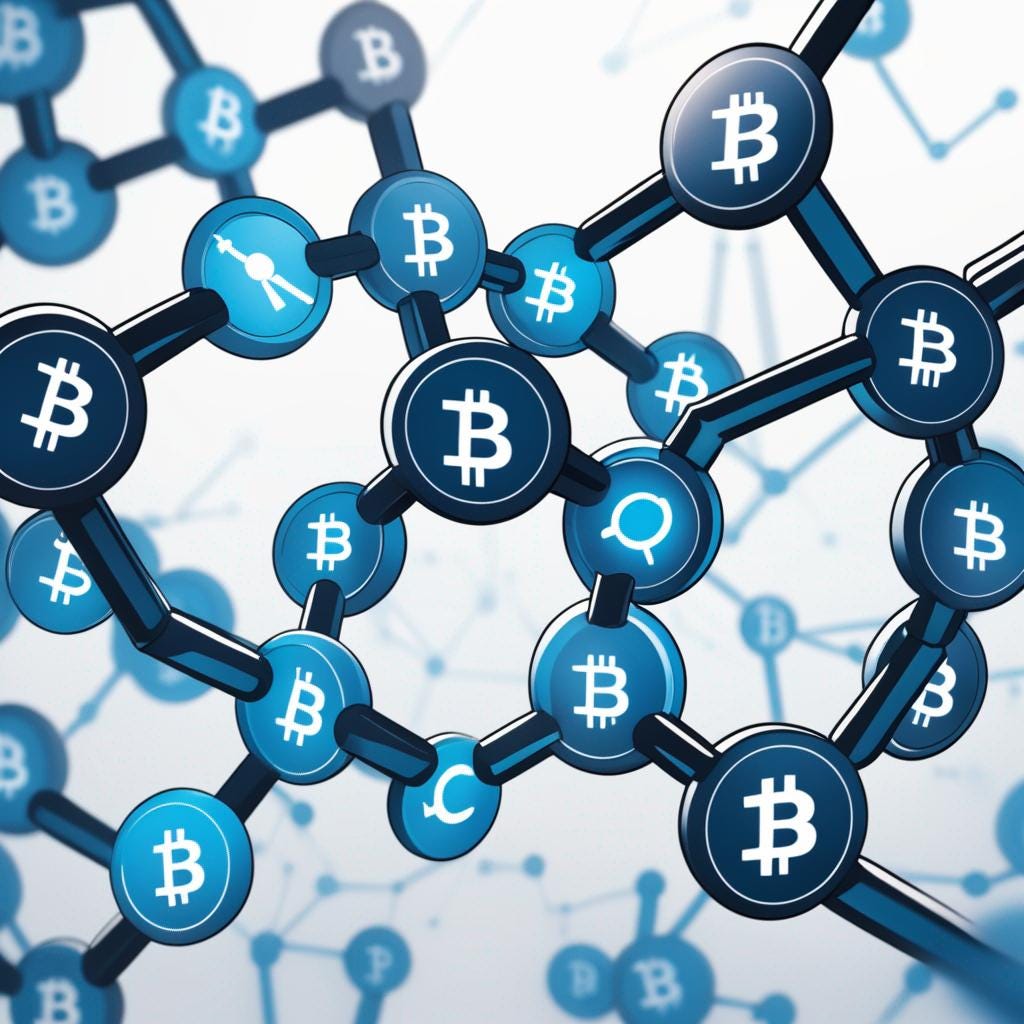
If you’ve ever wondered how new cryptocurrencies are created or heard about people making money through “mining,” you’re not alone. Cryptocurrency mining is a fascinating and essential part of how blockchain networks like Bitcoin and Ethereum function. Let’s break down what mining is, how it works, and the different methods people use to mine cryptocurrencies.
What is Cryptocurrency Mining?
Imagine the blockchain as a gigantic ledger that records every single transaction made with a particular cryptocurrency. Mining is the process of validating and adding these transactions to that ledger. In return for their efforts, miners are rewarded with new cryptocurrency coins. But it’s not as simple as it sounds — mining requires solving complex mathematical puzzles, and that’s where the real challenge lies.
The Principle of Operation
At the heart of mining is something called Proof of Work (PoW), a consensus mechanism used by many cryptocurrencies, including Bitcoin. Here’s how it works:
- Transaction Verification: When someone makes a transaction using cryptocurrency, it gets broadcast to the network. Miners then gather a bunch of these transactions into a “block.”
- Solving the Puzzle: To add this block to the blockchain, miners must solve a cryptographic puzzle. This involves finding a specific number called a “nonce” that, when combined with the block’s data, creates a hash (a fixed-length string of characters) that meets the network’s difficulty requirements.
- Block Validation: Once a miner finds the correct nonce, the block is considered valid and is added to the blockchain. The miner is then rewarded with new cryptocurrency coins and any transaction fees associated with the transactions in the block.
- Decentralization and Security: The puzzle-solving process is designed to be difficult and resource-intensive, which prevents any single entity from taking control of the network. It’s this decentralized and secure nature that makes blockchain technology so robust.
Methods of Mining
There are several ways to mine cryptocurrency, and the method you choose depends on factors like the cryptocurrency you want to mine, your technical expertise, and your budget. Here are the most common methods:
1. CPU Mining
CPU mining is the original method of mining cryptocurrencies. It uses the computer’s central processing unit (CPU) to solve the cryptographic puzzles. While it’s a straightforward method, it’s no longer popular for most cryptocurrencies because CPUs are relatively slow and inefficient at solving the complex puzzles used by modern blockchains.
2. GPU Mining
GPU mining uses a graphics processing unit (GPU) to mine cryptocurrencies. GPUs are much more efficient than CPUs at solving the puzzles required for mining. This method is popular for mining cryptocurrencies like Ethereum. Many miners build “mining rigs” composed of multiple GPUs to increase their processing power and, therefore, their potential rewards.
3. ASIC Mining
ASIC stands for Application-Specific Integrated Circuit. These are specialized devices designed specifically for mining a particular cryptocurrency. ASIC miners are incredibly efficient, but they’re also expensive and can quickly become obsolete as mining difficulty increases. Bitcoin mining is dominated by ASIC miners because of the high level of competition and difficulty on the network.
4. Cloud Mining
Cloud mining is a method where you rent mining power from a remote data center. This means you don’t need to invest in expensive hardware or worry about the technical aspects of mining. You pay a fee, and in return, you receive a share of the mining rewards. It’s a convenient option for those who want to get involved in mining without the upfront costs, but beware — there are many scams in the cloud mining space, so it’s crucial to choose a reputable provider.
5. Mining Pools
Mining pools are groups of miners who combine their computational power to increase their chances of solving the cryptographic puzzles. When a block is mined, the rewards are distributed among all the pool participants based on the amount of work they contributed. Joining a mining pool is a way to get more consistent payouts, especially for those with less powerful hardware.
Conclusion
Cryptocurrency mining is a vital component of how blockchain networks function. It ensures the security and decentralization of the network while also introducing new coins into circulation. Whether you’re considering mining yourself or just curious about how it works, it’s clear that mining is more than just running a program on your computer — it’s a complex and competitive process that requires careful consideration of hardware, electricity costs, and the specific cryptocurrency you want to mine.
If you decide to get into mining, start small and do plenty of research. The cryptocurrency space is constantly evolving, and staying informed is the best way to navigate this exciting field.
If you find the information in this article useful and want to continue exploring the cryptocurrency space, I invite you to register on the BingX and Bybit exchanges. You can register quickly and safely using the following links:
Register on BingX: https://bingx.com/invite/S8IIMM3R
Register on Bybit: https://www.bybit.com/ru-RU/invite?ref=QD483P
This is a great way to start your cryptocurrency journey and gain access to a number of leading trading tools. Don’t forget to share your experience and wishes in the comments!
Your support allows me to continue creating this content for you. If you want to help, you can send a donation to my address: 0x63792edfae3379ccde7462a8b1e6760294628cc6 USDT BEP-20.
Exploring Cryptocurrency Mining: How Does It Really Work? was originally published in The Dark Side on Medium, where people are continuing the conversation by highlighting and responding to this story.
from The Dark Side - Medium https://ift.tt/Fj5dyfE
0 Comments